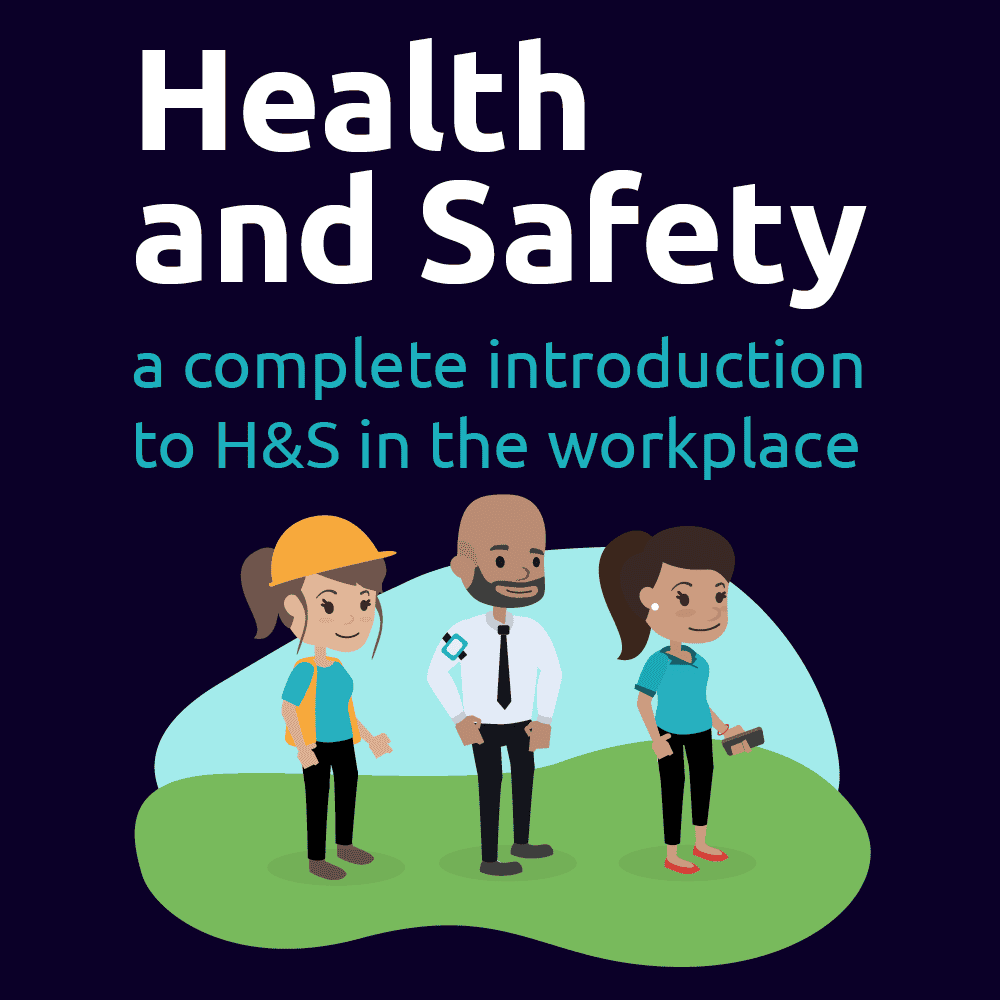
Health and safety in the workplace –FREE guide!
We’ve provided this handy guide to health and safety. We’ll look at why health and safety is important, what the laws are, and what practical steps you need to take to keep your team safe.
Browse a wide selection of informative articles on lone working, health and safety, sector safety, and more!

We’ve provided this handy guide to health and safety. We’ll look at why health and safety is important, what the laws are, and what practical steps you need to take to keep your team safe.
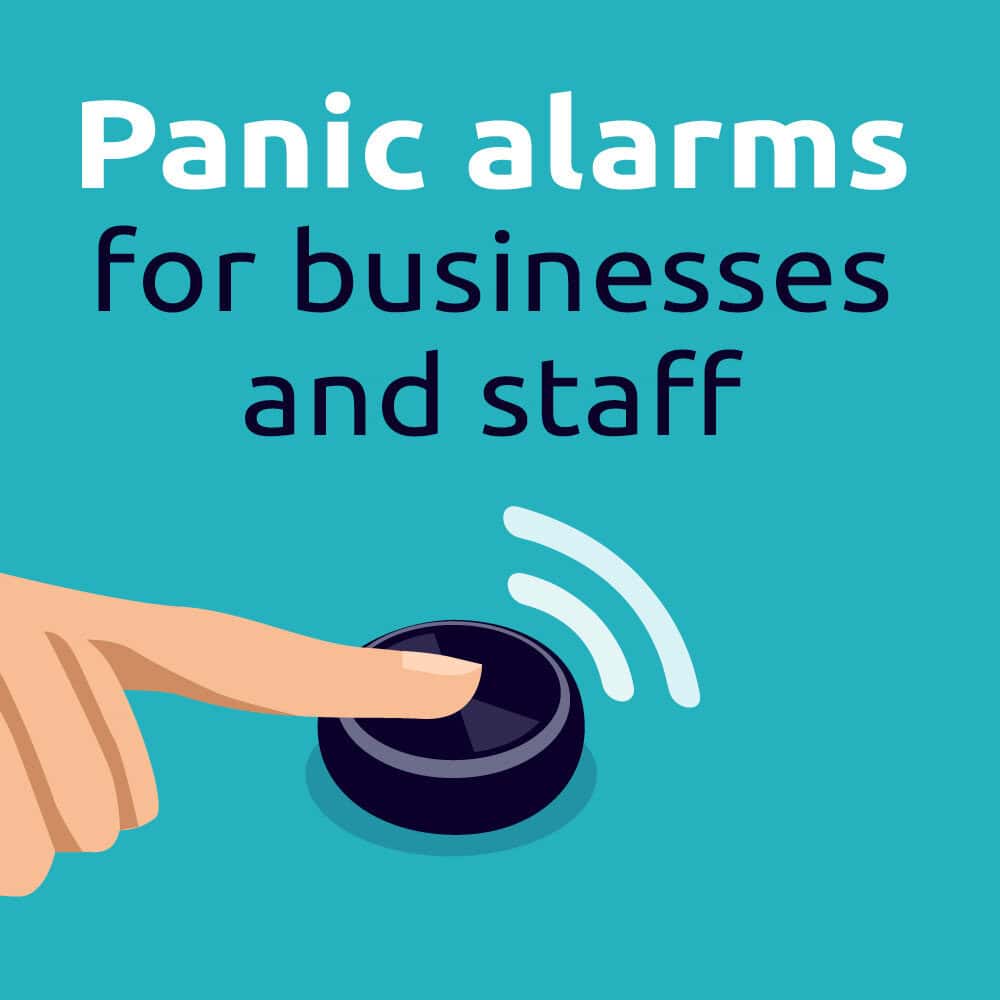
Panic alarms can benefit any role in which someone works alone, with the public, or in a high-risk situation, who might need to call out for help

The NHS has many legitimate reasons for its staff to be working alone but, according to the Health and Safety Executive, while ‘Lone working does not always mean a higher risk of violence’, ‘it does make workers more vulnerable’.

BS 8484:2016 is the British industry standard for providers of lone working safety services. BS 8484 accreditation shows consumers that an organisation has met the government’s strict standards.
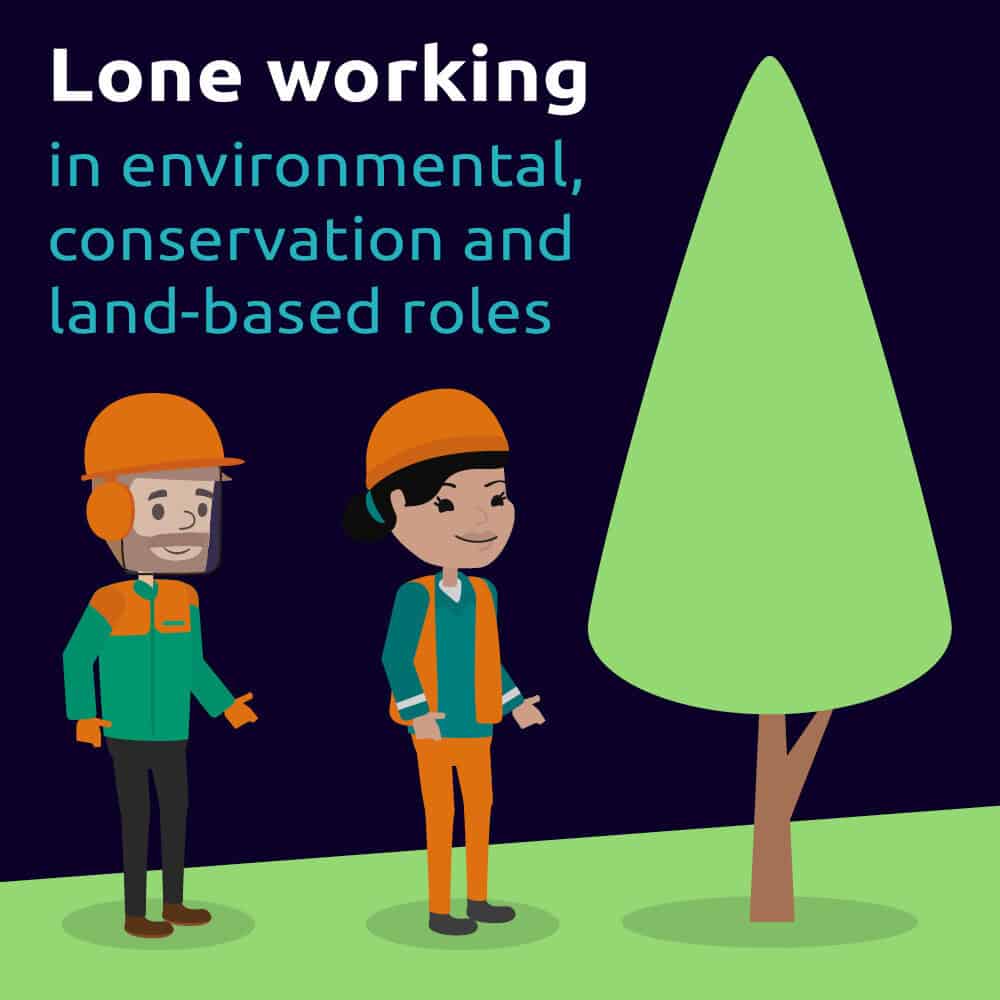
Environmental, conservation and land-based roles play an integral role in protecting, maintaining and promoting the natural world. While often desirable, there are many risks specific to this sector, particularly for lone workers
Safepoint makes it easy to keep track of your staff without any costly or cumbersome changes to how your team works.
Staff tracking systems allow companies to oversee their staff when they’re out and about. The system may consist of a bespoke tracking device, or companies may choose to use an employee tracking app.

With such a diversity of roles and responsibilities, universities have many health and safety considerations to keep in mind.
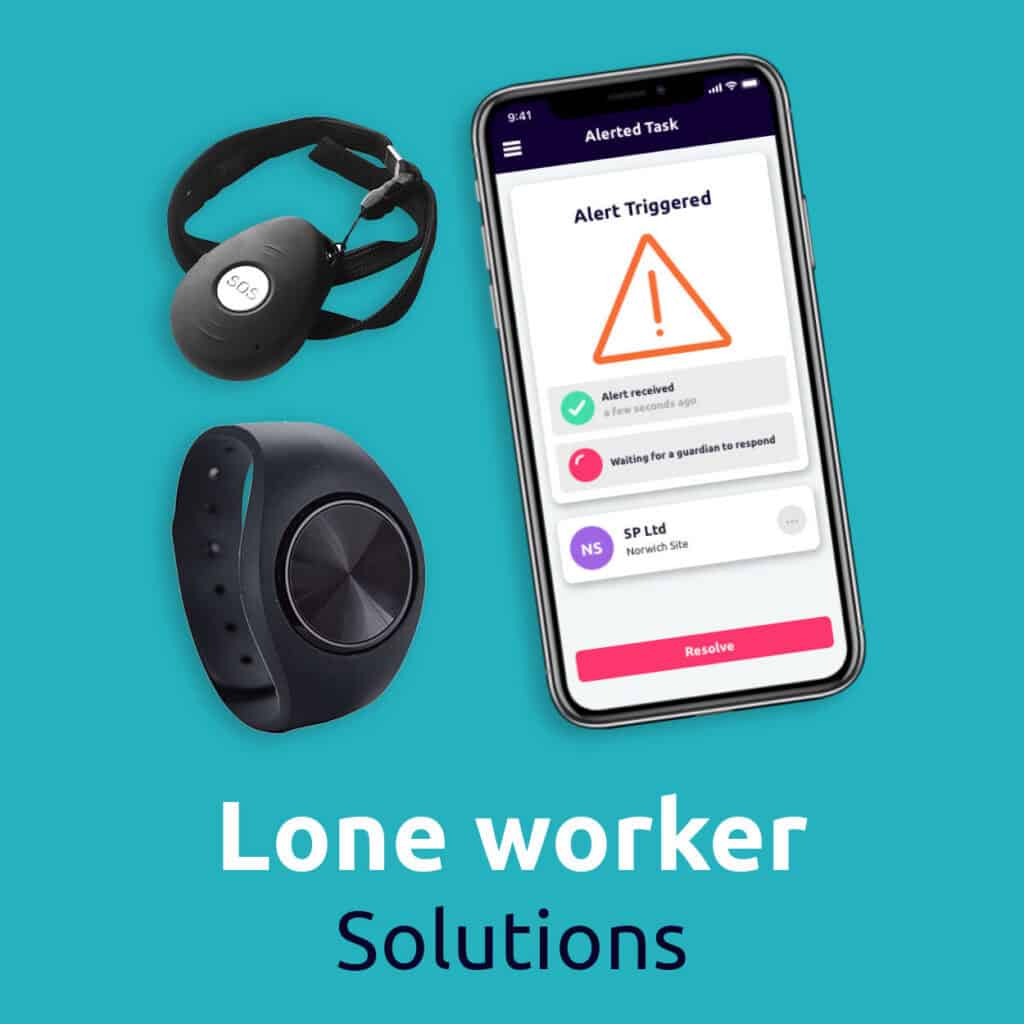
Lone working solutions can come in many forms, including lone working apps, Bluetooth panic alarms, standalone devices and more.
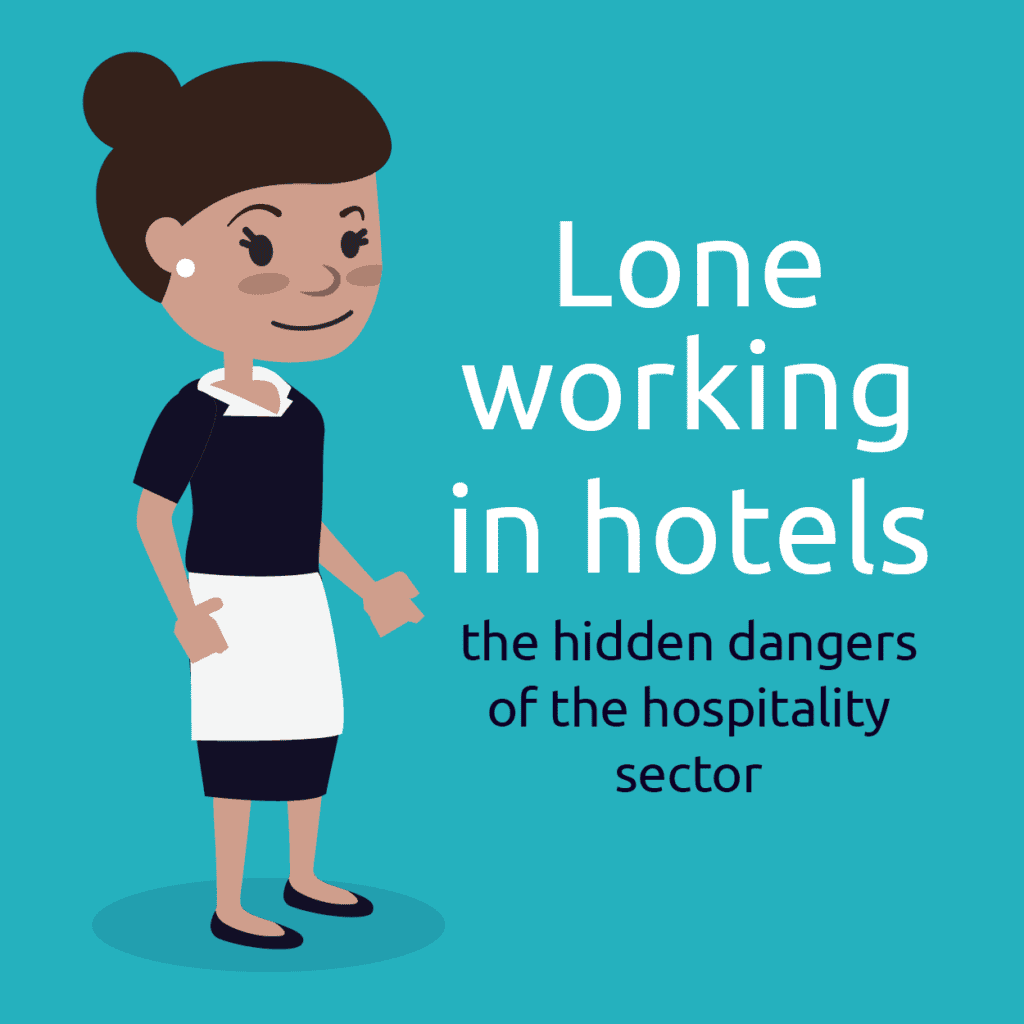
According to the British Security Industry Association, hotel employees working alone have the highest levels of risk in the hospitality sector.

If you have been asked to work alone, you may be asking whether this is legal, whether it’s safe, and what your rights are.
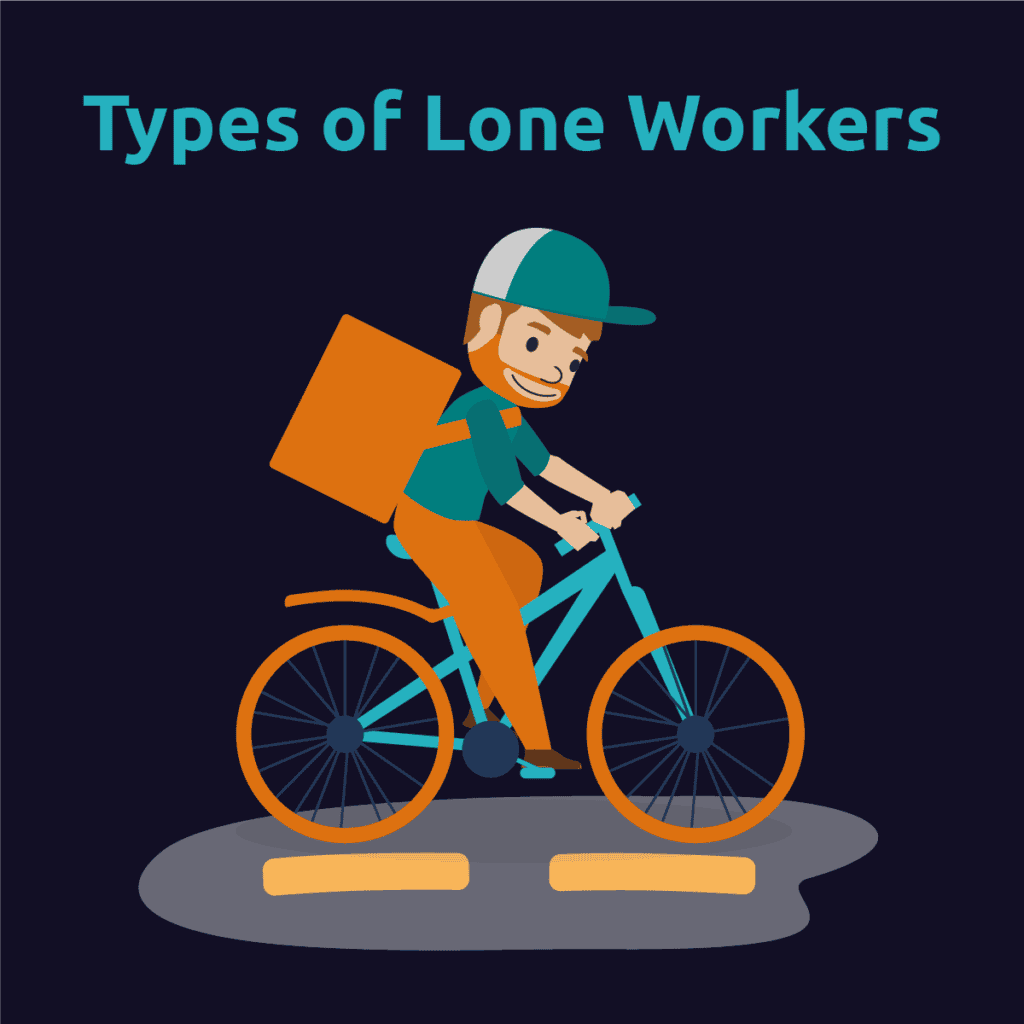
Could you or someone you employ be classed as a ‘lone worker’? From care to construction, agriculture to retail, nearly every sector hires lone workers.

Working from home is on the rise. But what about those who are using their home as a base, but who often have to work outside of the office?

A health and social care worker is assaulted every 30 minutes in the UK. In fact, health and social care workers suffer some of the highest rates of workplace violence in the UK.
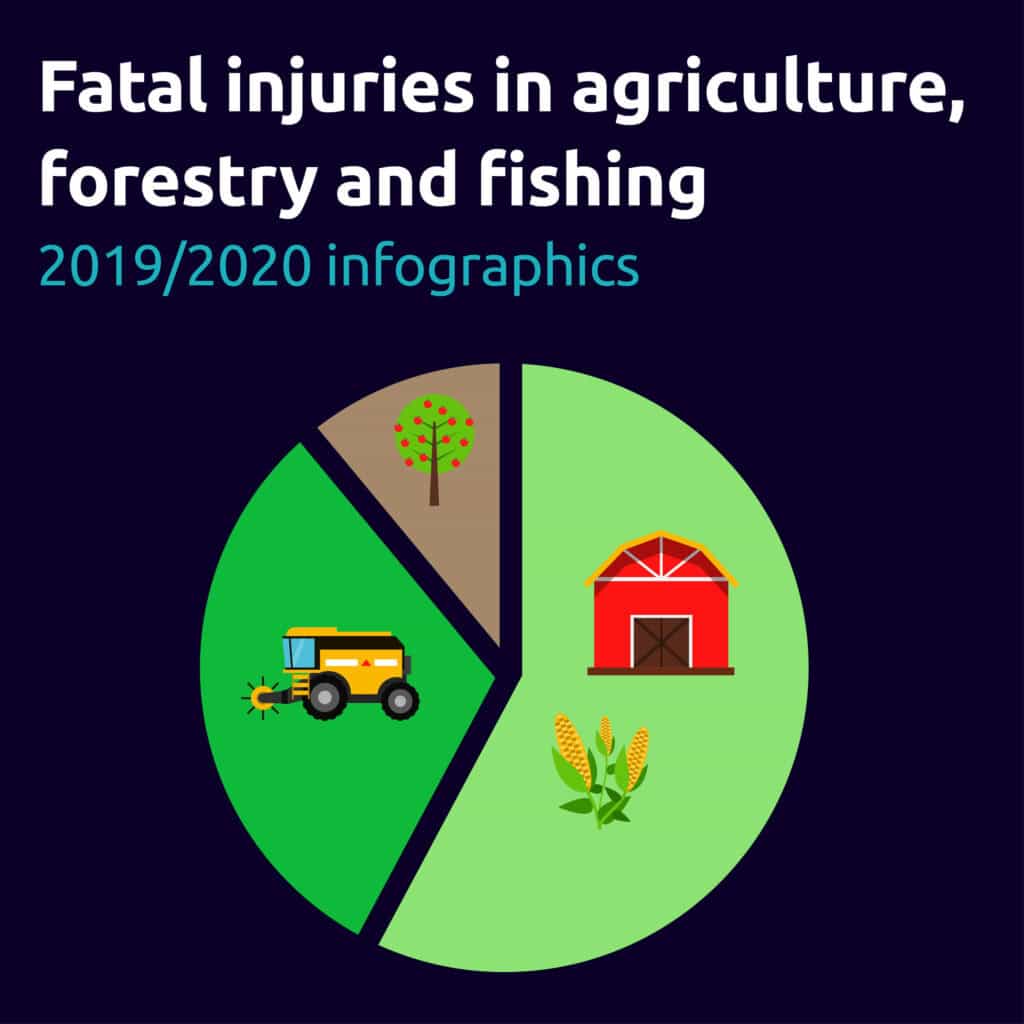
The HSE has released its latest data on deaths in Agriculture (the UK’s most dangerous sector) so we have put together a series of free posters to help make the information more accessible)

The Health and Safety Executive have released their latest annual report on workplace fatalities in the UK. Every year we create an infographic roundup of these statistics to help create a better understanding of these numbers and how they reflect the current safety climate.

Violence at work affects hundreds of thousands of UK workers each year, and lone workers face some of the highest risks. This summary outlines how to reduce those risks through clear policies, targeted training, practical controls, and strong incident reporting and support.
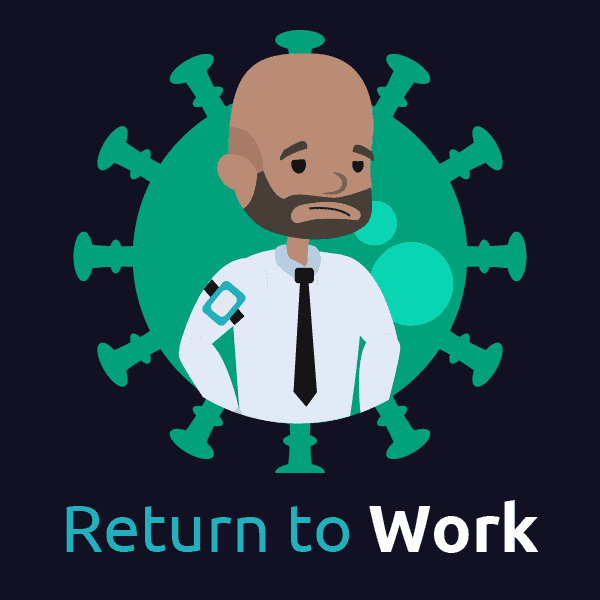
In this article, we will be looking at advice from the government, the health and safety executive and other trusted sources to answer six big questions on how the next few months will look, and what businesses can do right now to prepare.
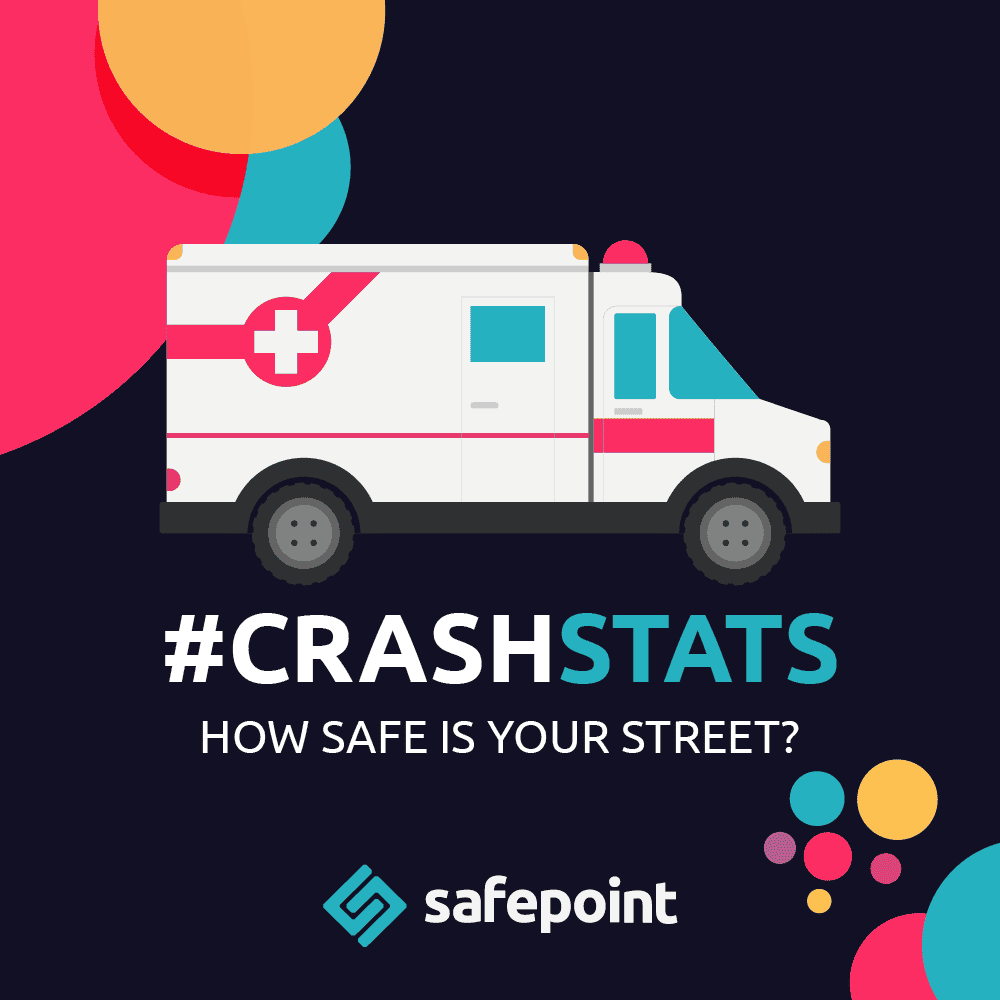
Have you ever wondered how dangerous your local roads are? Now you can find out!

Shockingly, a Unison survey found that 47 per cent of the 249 charity and housing association employees surveyed said they had experienced violence or aggression from service users or from colleagues.